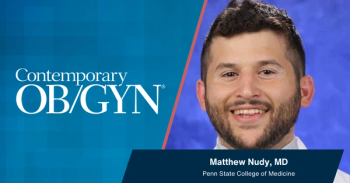
Health Insurer to Stop Covering Morcellation
A large insurance company has decided to no longer cover laparoscopic power morcellation. Is this the beginning of the end of power morcellators?
Highmark Inc, one of the largest Blue Cross Blue Shield insurers in the United States, has announced that as of September 1, 2014, it will no longer cover laparoscopic power morcellation. This decision affects approximately 5.2 million customers in Pennsylvania, West Virginia, and Delaware as well as their health care providers.
Highmark is the first insurer to stop coverage of this now-controversial procedure, which uses a bladed tool to divide larger tissue for removal through a laparoscopic port. For patients with large uterine fibroids, the advantage of power morcellation is that it allows for minimally invasive surgery, making the recovery period easier and shorter than it would be in traditional open abdominal surgery. The disadvantage is that if the fibroid or mass is masking a cancerous tumor, than the cancer can spread throughout the abdomen.
After studying the issue, Highmark has determined that the procedure's risk-benefit profile is underwhelming and that it is in the best interest of its members to no longer cover this procedure. This decision follows an FDA
According to a
We want to hear what you think and welcome your thoughts in the Comment section below:
Do you think other insurers will follow this decision? How does this affect your practice?
Newsletter
Get the latest clinical updates, case studies, and expert commentary in obstetric and gynecologic care. Sign up now to stay informed.











